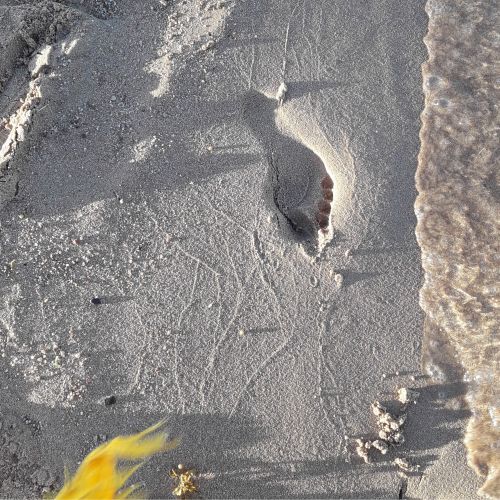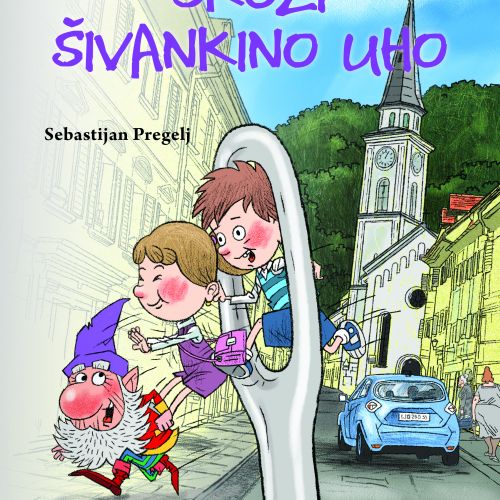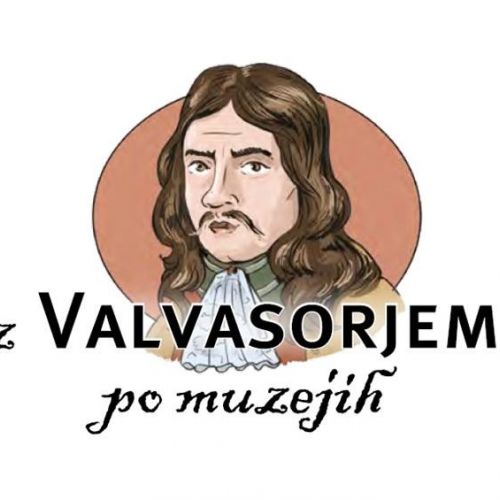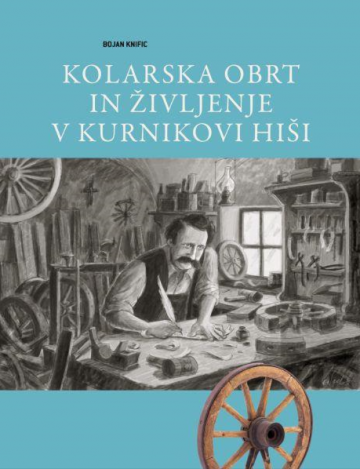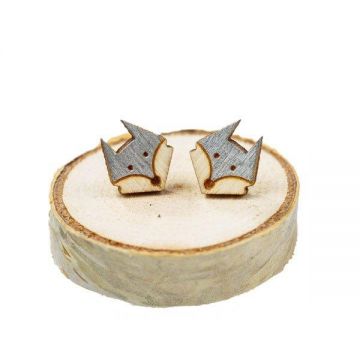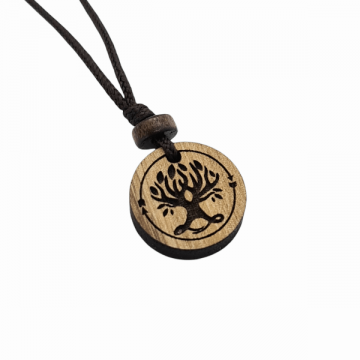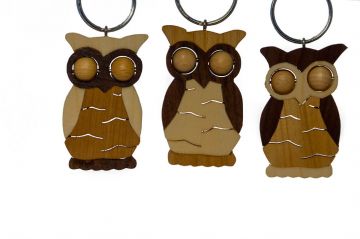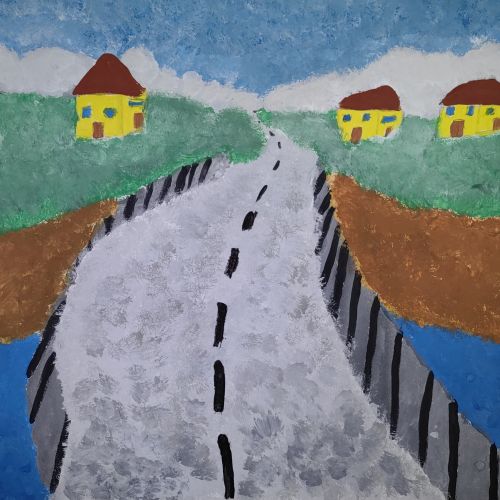
Tržiški muzej
Stalna razstava Bogastvo obrti
Koncentracijsko taborišče Ljubelj
Muzej in spominski park koncentracijskega taborišča Ljubelj/Mauthausen
Galerija Paviljon NOB
Osrednji razstavni prostor v občini Tržič
Muzejski dogodki
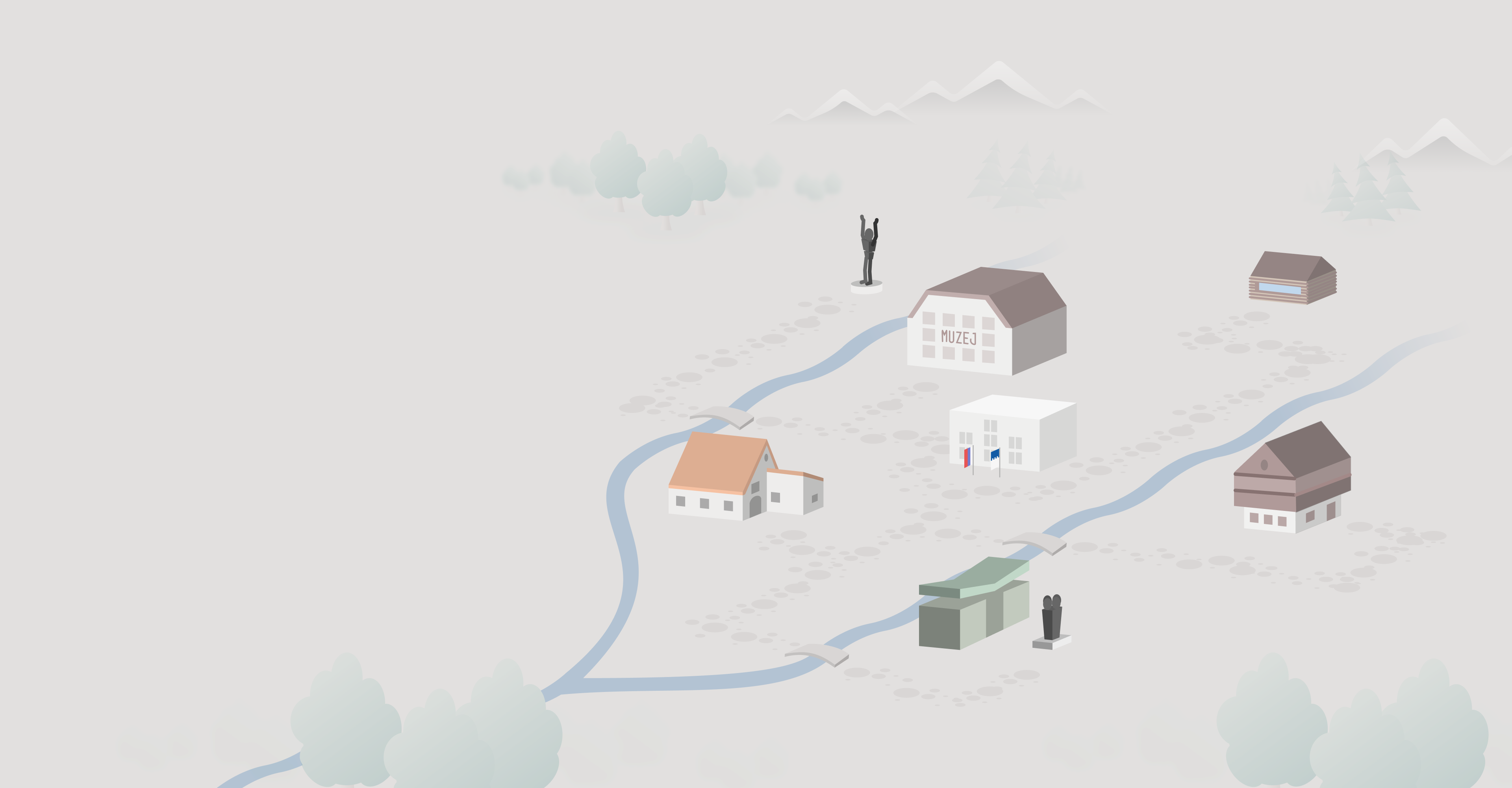
Tržiški muzej - Pollakova kajža
Osrednji razstavni in upravni prostori Tržiškega muzeja. Na sodobni in interaktivni razstavi so predstavljene najpomembnejše tržiške obrti. V pritličju je stalna razstava Slovenskega smučarskega muzeja.
Kurnikova hiša
Najstarejša hiša v Tržiču in dragoceno pričevanje pretekle bivanjske kulture v Tržiču.
Koncentracijsko taborišče Ljubelj
Spominski park in muzej v spomin na jetnike koncentracijskega taborišča Ljubelj, zunanjega taborišča Mauthausna.
Partizanska tehnika Kokrškega odreda
Lesena baraka, ki stoji nad Dovžanovo sotesko na mestu, kjer je med drugo svetovno vojno delovala partizanska tiskarna.
Nepozabni
Tržiški muzej in njegovih 7 enot
Tržiški muzej ima več enot, ki domujejo v zanimivih zgodovinskih objektih.
Osrednji prostori Tržiškega muzeja so v Pollakovi kajži, kjer razstavljamo predmete bogatih obrtnih zbirk, še posebej pomembna je dediščina čevljarstva. V isti hiši ima prostore tudi Slovenski smučarski muzej. Vabimo vas v najstarejšo hišo v mestu – Kurnikovo hišo, kjer lahko uživate v starodavnem ambientu in razstavah. V srcu mesta lahko obiščete nekdanjo fužino in kovačnico Germovko.
Ob cesti proti Ljubelju se ustavite in oglejte spominski park in muzej posvečena nekdanjemu koncentracijskemu taborišču Ljubelj, podružnici Mauthausna, v gozdu nad Dolžanovo sotesko pa obiščite barako nekdanje partizanske tiskarne.
Muzej pripravlja bogat razstavni program v galerijah Atrij in Paviljon NOB.
